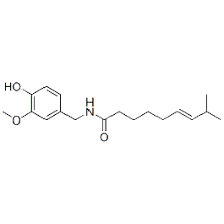[(2-Chlorophenyl)methylidene]propanedinitrile (CS)
Oleoresin Capsicum (OC)
2-chloro-1-phenylethanone (CN)
Ironically none are gases at standard pressure and temperature.
5. nature.com/articles/eye19…
6. emergency.cdc.gov/agent/riotcont…
7. who.int/csr/delibepide…
8. link.springer.com/article/10.100…
9. militaryhealth.bmj.com/content/jramc/…
10.govinfo.gov/content/pkg/GO…
11 hkmj.org/abstracts/v21n…
12 ncbi.nlm.nih.gov/pmc/articles/P…
13 bmj.com/content/bmj/33…
14 web.archive.org/web/2018071911…
15 onlinelibrary.wiley.com/doi/epdf/10.11…
16 medic.wikia.org/wiki/OC_trials
17 ncbi.nlm.nih.gov/pmc/articles/P…






